Benzyl Alcohol with Self Healing Port
Benzyl alcohol is an aromatic alcohol with the formula C6H5CH2OH. The benzyl group is most often abbreviated as “Bn” (not to be confused with “Bz” which is used for benzoyl), benzyl alcohol is denoted as BnOH. Benzyl alcohol is a colorless liquid with a mild, aromatic odor. It is an excellent solvent due to its polarity, low toxicity and low vapor pressure. The benzyl alcohol is partially dissolved in water (4 g / 100 ml) and completely miscible with the alcohols and diethyl ether.
Please observe all safety information. Buyer assumes all responsibility for safety and use not in accordance with directions.
SECTION 1: IDENTIFICATION OF THE SUBSTANCE/MIXTURE AND OF THE COMPANY/UNDERTAKING
1.1. PRODUCT IDENTIFIER
Product name:Benzyl Benzoate Product No.: BEBE
CAS-No.:120-51-4
EC No.: 204-402-9
REACH:01-2119976371-33
Synonym: Chemical Formula: Benzoic Acid Benzyl Ester C14H12O2
SECTION 2: HAZARDS IDENTIFICATION
2.1. CLASSIFICATION OF THE SUBSTANCE OR MIXTURE
Classification 67/548/EEC: Xn; R22, N; R51/53
Classification – EC 1272/2008: Acute toxicity, oral; Category 4 (H302)
Hazardous to the aquatic environment, chronic toxicity; Category 2 (H411)
2.2. LABEL ELEMENTS
SIGNAL WORDS:Warning
RISK PHRASES:
R22 Harmful if swallowed
R51/53 Toxic to aquatic organisms, may cause long-term adverse effects in the aquatic environment
HAZARD PHRASES:
H302 Harmful if swallowed
H411Toxic to aquatic life with long lasting effects
PROTECTION PHRASES:
P264 Wash thoroughly after handling
P270 Do not eat, drink or smoke when using this product
P273Avoid release to the environment
P305+P351+P338 IF IN EYES: Rinse cautiously with water for several minutes. Remove contact lenses, if present and easy to do. Continue rinsing
P391 Collect spillage
P501 Dispose of contents / container according the regulation
SAFETY PHRASES
S61 Avoid release to the environment. Refer to special instructions/safety data sheets
SECTION 3: COMPOSITION/INFORMATION ON INGREDIENTS
67/548/EEC/1999/45/EC
|
Substance name |
Mol. Formula |
REACH |
Typical conc. (%w/w) |
EINECS No. |
CAS-No. |
Classification |
|
Benzyl Benzoate |
C14H12O2 |
01- 2119976371- 33 |
100% |
204-402-9 |
120-51-4 |
Xn; R22, N; R51/53 |
EC 1272/2008
|
Substance name |
Mol. Formula |
REACH |
Typical conc. (%w/w) |
EINECS No. |
CAS-No. |
Classification |
|
Benzyl Benzoate |
C14H12O2 |
01- 2119976371- 33 |
100% |
204-402-9 |
120-51-4 |
H302, H411 |
SECTION 4: FIRST AID MEASURES
4.1. DESCRIPTION OF FIRST AID MEASURES
First-aid measures general: Consult a physician when you fell unwell. Show this safety data sheet to the doctor in attendance.
Inhalation: Remove victim to fresh air immediately and keep at rest in a position comfortable for breathing. If not breathing, give artificial respiration. If breathing is difficult, give oxygen. Get medical attention.
Ingestion: Never give anything by mouth to an unconscious person. Clean mouth with water and drink afterwards plenty of water. Do not induce vomiting. Get medical attention if any discomfort continues.
Skin contact: Wash off immediately with plenty of water for at least 15 minutes. Remove contaminated clothing and shoes. If skin irritation persists, call a physician.
Eye contact: Rinse immediately with plenty of water, also under the eyelids, for at least 15 minutes. If symptoms persist, call a physician.
4.2. MOST IMPORTANT SYMPTOMS AND EFFECTS, BOTH ACUTE AND DELAYED
Inhalation:May cause difficulty breathing and shortness of breath, respiratory paralysis or failure
Ingestion:Harmful if swallowed. May cause nausea, vomiting and diarrhoea. Ataxia, weakness, convulsions.
Skin contact:May cause skin irritation
Eye contact: May cause eye irritation
4.3. INDICATION OF ANY IMMEDIATE MEDICAL ATTENTION AND SPECIAL TREATMENT NEEDED
Treat symptomatically.
SECTION 5: FIREFIGHTING MEASURES
5.1. EXTINGUISHING MEDIA
Suitable extinguishing media:Use extinguishing measures that are appropriate to local circumstances and the surrounding environment. Adjust extinguishing media to the surrounding fire. Use alcohol resistant foam, dry powder, carbon dioxide (CO2) or water spray.
Unsuitable extinguishing media: Do not use water jet.
5.2. SPECIAL HAZARDS ARISING FROM THE SUBSTANCE OR MIXTURE
Thermal decomposition can lead to release of irritating gases and vapours: carbon monoxide (CO), carbon dioxide (CO2). May be combustible at high temperatures. Keep product and empty container away from heat and other sources of ignition.
5.3. ADVICE FOR FIRE-FIGHTERS
As in any fire, wear self-contained breathing apparatus pressure-demand, MSHA/NIOSH (approved or equivalent) and full protective clothing.
SECTION 6: ACCIDENTAL RELEASE MEASURES
6.1. PERSONAL PRECAUTIONS, PROTECTIVE EQUIPMENT AND EMERGENCY PROCEDURES
Wear suitable protective equipment (splash goggles, protective suit, boots, gloves and self-contained breathing apparatus) to prevent any contamination of skin, eyes and personal clothing. Ensure adequate ventilation of the working area. Avoid contact with skin and eyes. Remove all sources of ignition. Avoid breathing vapours, mist or gas. Avoid formation of dust. Keep unprotected persons away. Evacuate personnel to a safe area. For personal protection see section 8.1.
6.2. ENVIRONMENTAL PRECAUTIONS
Avoid release to the environment. Do not allow to enter sewers/ surface or ground water. Do not allow to enter into soil/subsoil. Prevent further leakage or spillage if safe to do so. Use appropriate container to avoid environmental contamination. Local authorities should be advised if significant spillages cannot be contained.
6.3. METHODS AND MATERIAL FOR CONTAINMENT AND CLEANING UP
If the product is in solid form: Use a shovel to put the material into a convenient waste disposal container. If the product is in liquid form: Absorb with an inert material and put the spilled material in an appropriate waste disposal. Finish cleaning by spreading water on the contaminated surface and allow to evacuate through the sanitary system.
SECTION 7: HANDLING AND STORAGE
7.1. PRECAUTIONS FOR SAFE HANDLING
Handle in accordance with good industrial hygiene and safety practice. Avoid formation of dust and spilling. Do not inhale dust/smoke/mist. Ensure adequate ventilation of the working area. Wear personal protective equipment. Avoid contact with eyes and skin. Do not eat or drink during the process, washing hands afterwards with suitable cleaning products. Remove contaminated clothing and shoes. Wash clothing before re-using. Avoid the formation or spread of mists in the air.
7.2. CONDITIONS FOR SAFE STORAGE, INCLUDING ANY INCOMPATIBILITIES
Keep in a cool, dry, well ventilated area. Keep in original tightly closed containers. Store at room temperature. Keep away from food, drink and animal feeding stuffs. Avoid heat and other sources of ignition. Avoid exposure to light and air. Keep away from incompatible materials such as strong oxidizing agents, reducing agents and from highly alkaline or acidic materials.
SECTION 8: EXPOSURE CONTROLS/PERSONAL PROTECTION
Engineering controls: Ensure adequate ventilation, especially in confined areas. Ensure that eyewash stations and safety showers are close to the workstation location. Wash hands before breaks and at the end of the working day.
Protective equipment:Use protective chemical safety goggles (European standard – EN 166), face shield, gloves (European standard – EN 374), long sleeved clothing to prevent skin, body and eyes exposure.
Respiratory equipment:Respiratory protection not required in normal conditions, but when vapours or aerosols are generated must use appropriate certified respirators, which are NIOSH/MSHA or European Standard EN 149 approved respirator.
Skin and body protection: Wear appropriate protective gloves and clothing to prevent skin exposure. Wear impervious protective clothing (long sleeved clothing, chemical resistant apron, anti static boots). Wear appropriate protective work gloves when handling material to prevent skin contact. The glove material has to be impermeable and resistant to the product: recommended are rubber gloves. Protective gloves should be replaced at first signs of wear. Use proper glove removal technique (without touching glove’s outer surface) to avoid skin contact. Wash and dry hands.
Eye/Face protection: Approved chemical safety goggles or face protection.
SECTION 9: DISPOSAL CONSIDERATIONS
Waste disposal recommendations: Disposal of Benzyl Benzoate should be in accordance with local and national legislation. Processing, use or contamination of this product may change the waste management options. Should not be released into the environment. Do not discharge into waterways or sewer systems. Mixing with other materials or other alterations to pure product may significantly change the characteristics of the material. Empty packaging can have residues and are subject to proper waste disposal. Do not re-use empty containers. Keep product and empty container away from heat and sources of ignition. The waste may be classified as “special” or hazardous per State regulations. Disposal to licensed waste disposal site in accordance with the local Waste Disposal Authority.
Follow the provisions of Directive 2008/98/EC regarding waste management. Uncleaned packaging: Disposal must be made according to official regulations.
SECTION 10: REGULATORY INFORMATION
10.1. SAFETY, HEALTH AND ENVIRONMENTAL REGULATIONS/LEGISLATION SPECIFIC FOR THE SUBSTANCE OR MIXTURE
Regulation (EC) No 1907/2006 of the European Parliament and of the Council of 18 December 2006 concerning the Registration, Evaluation, Authorisation and Restriction of Chemicals (REACH).
Regulation (EC) No 1272/2008 of the European Parliament and of the Council of 16 December 2008 on classification, labelling and packaging of substances and mixtures.





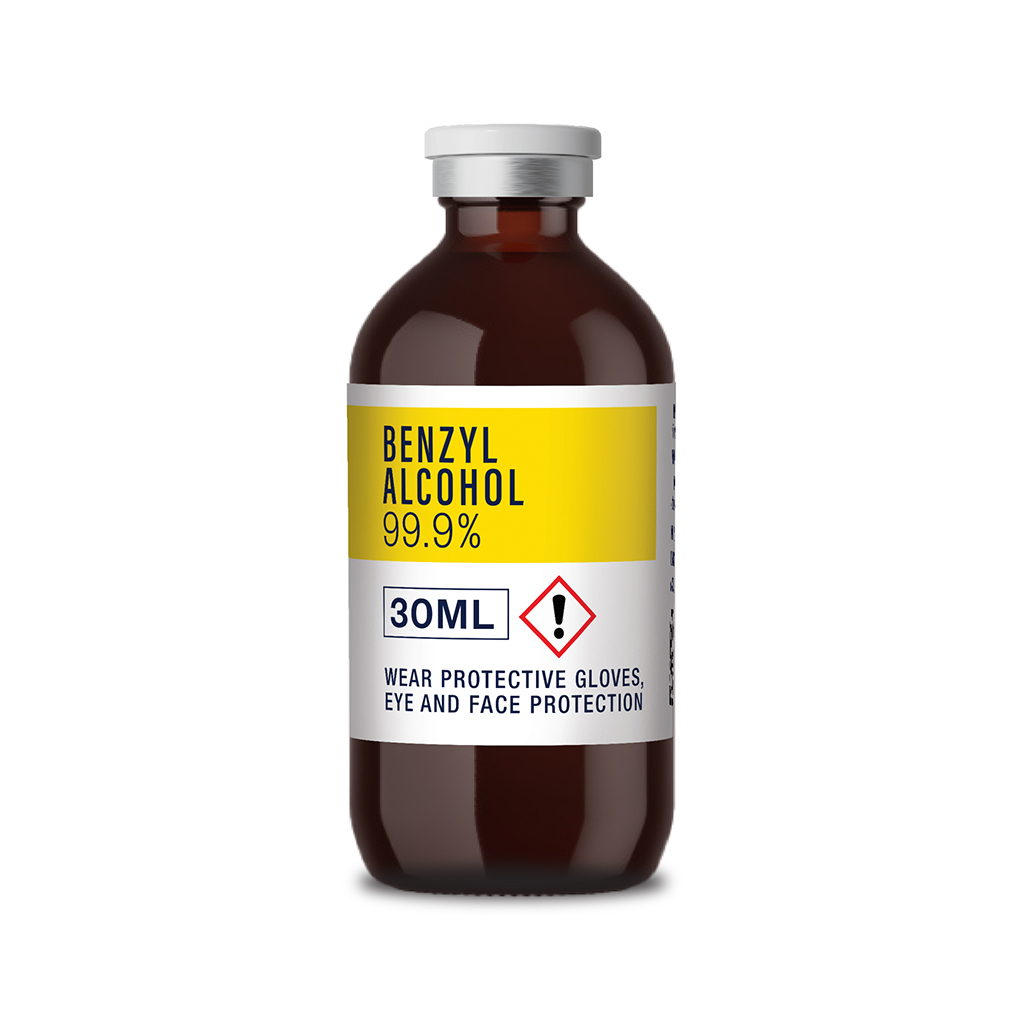
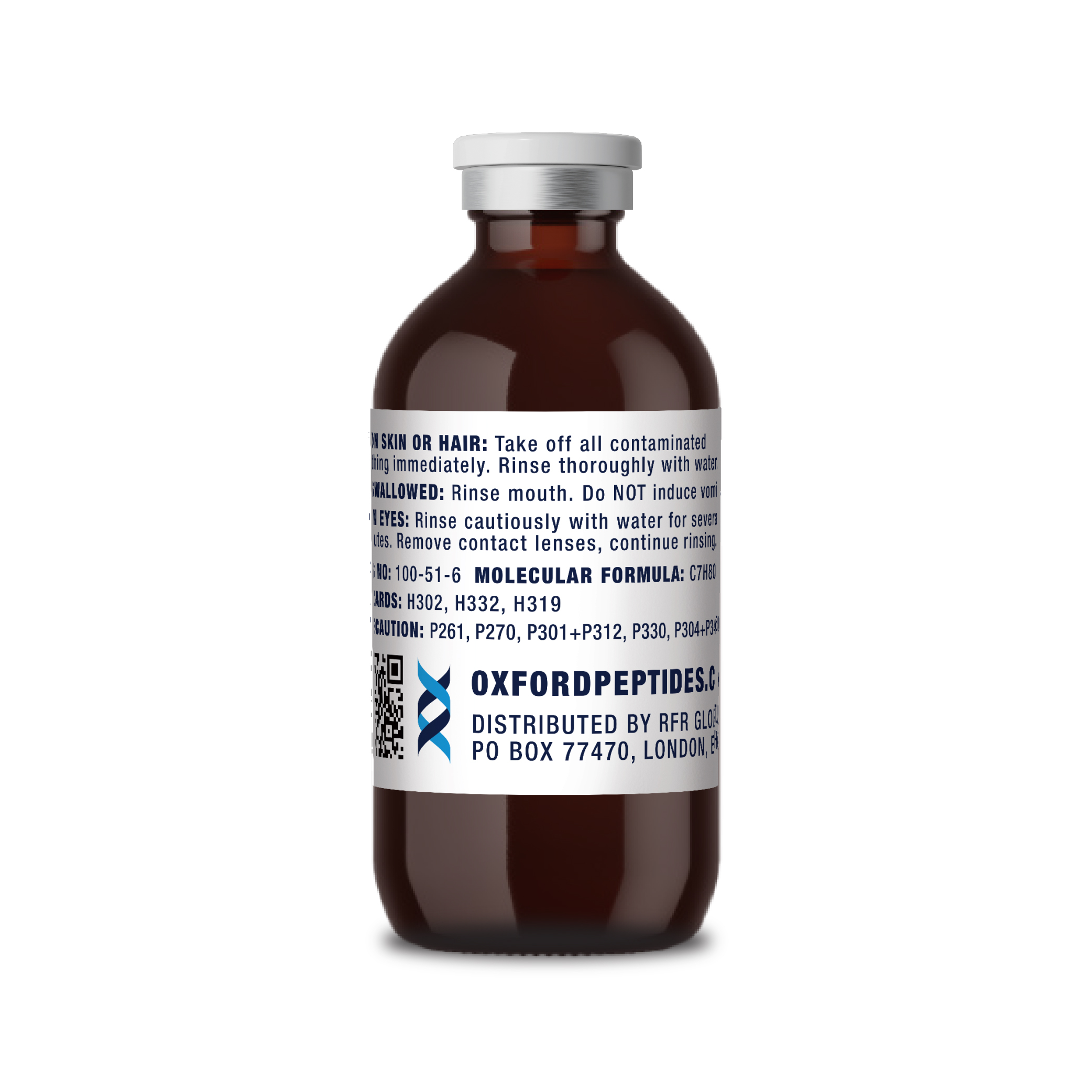
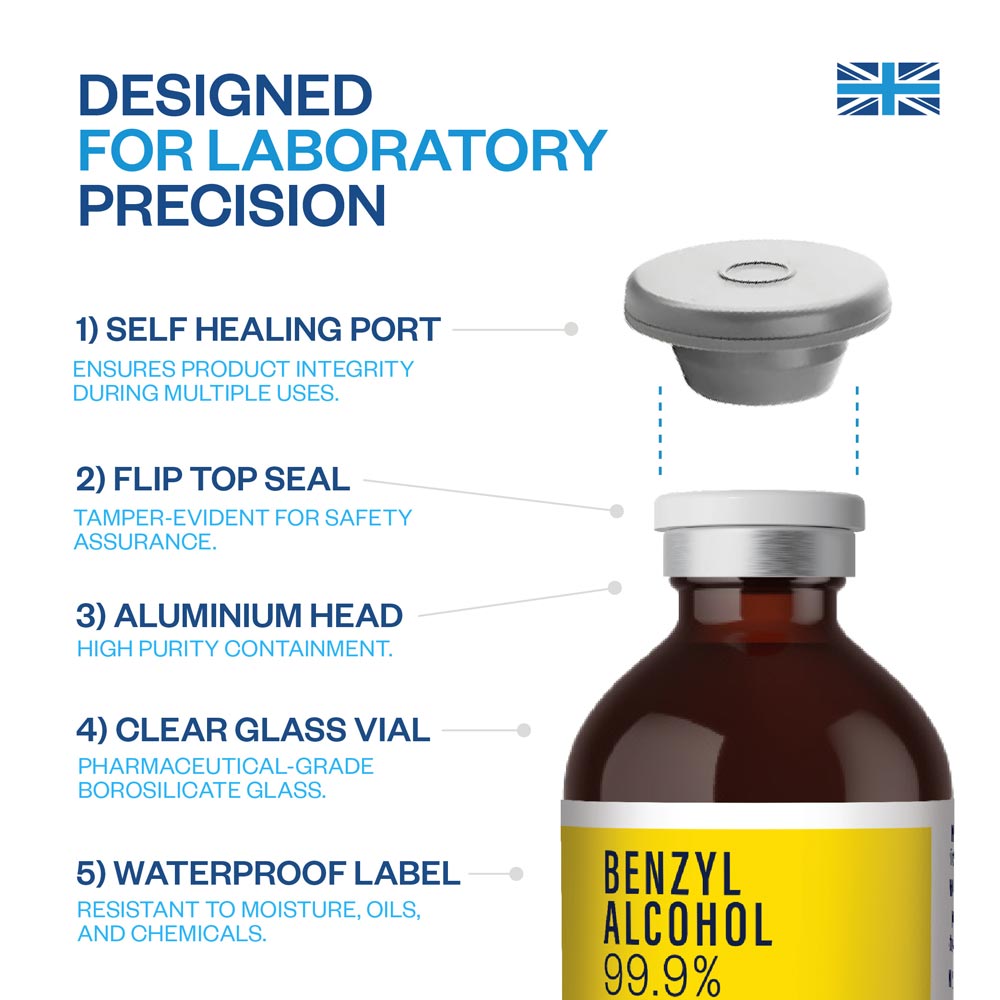
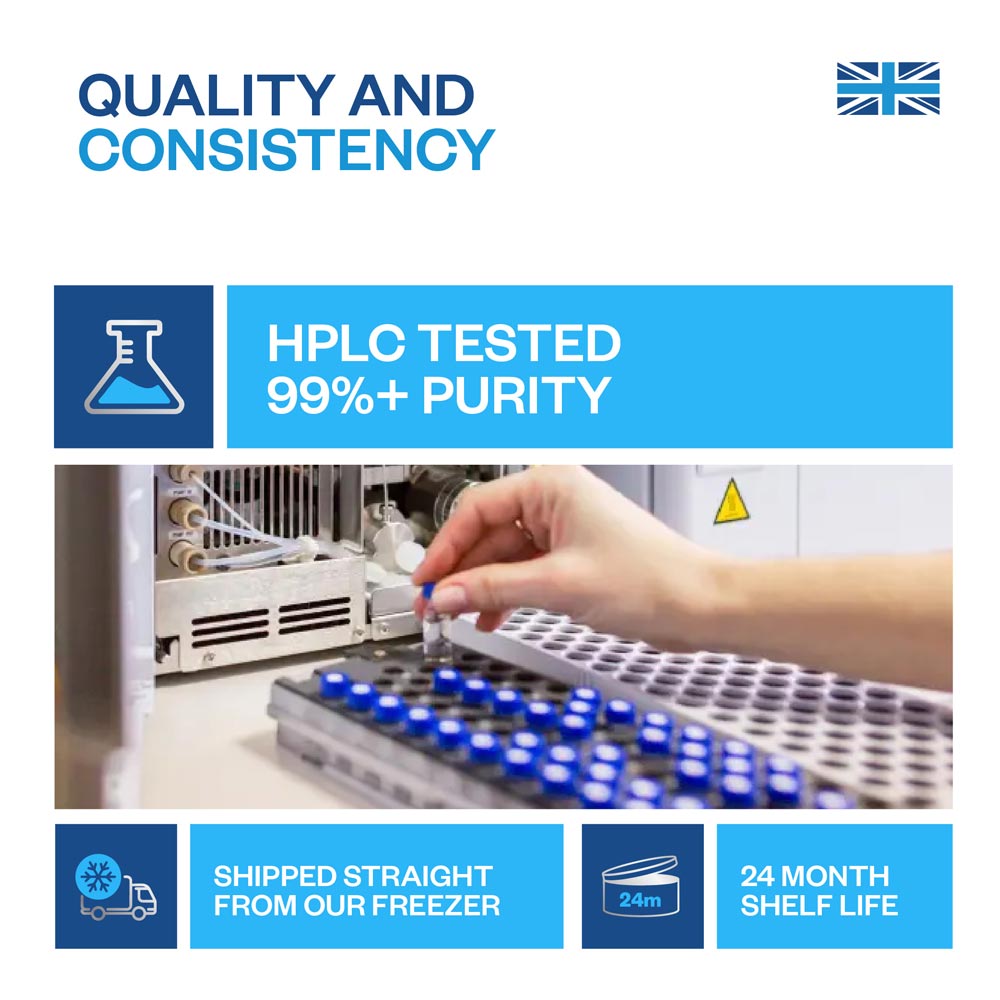
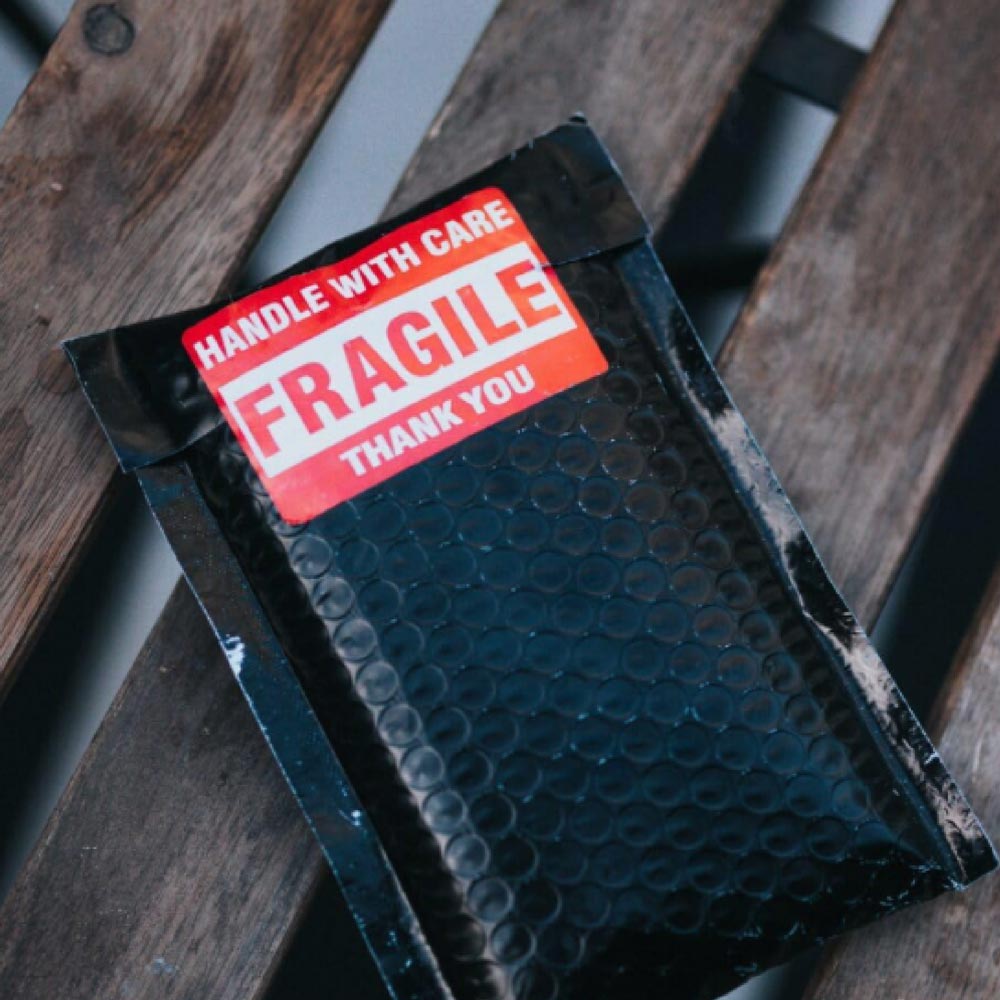
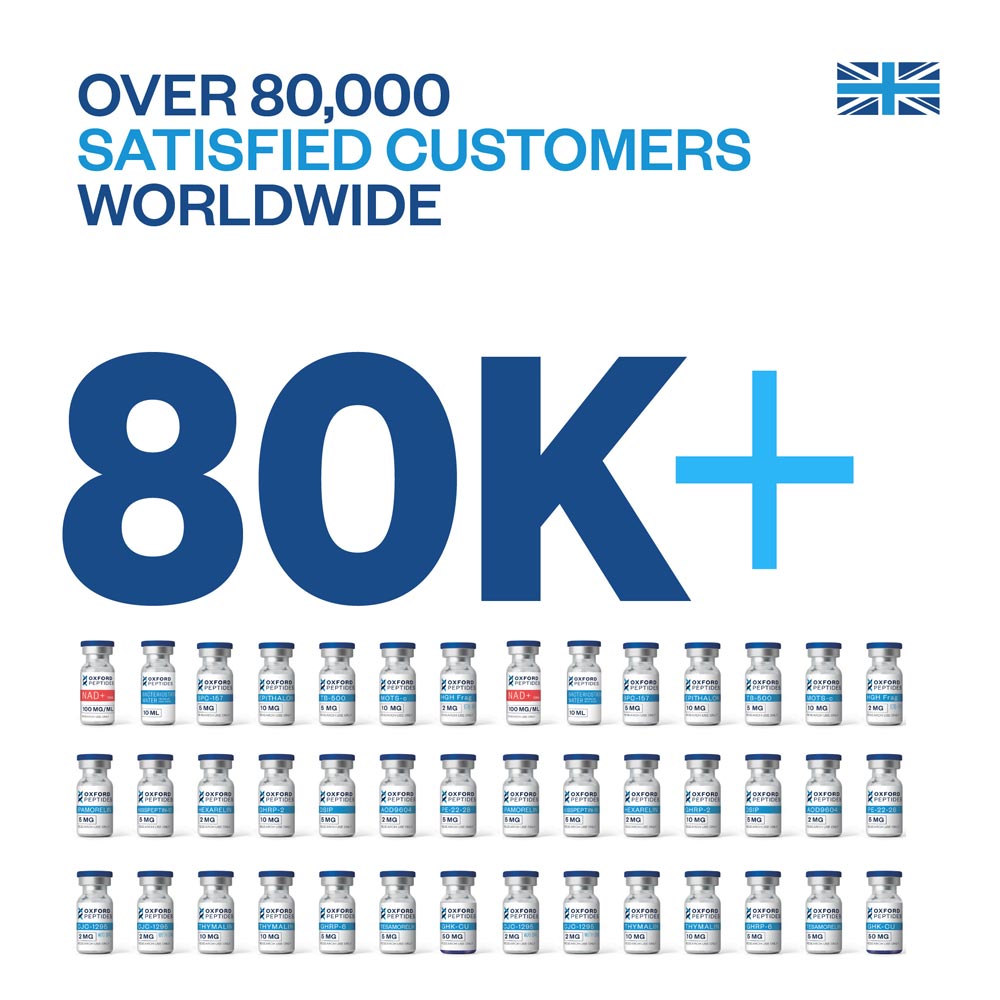
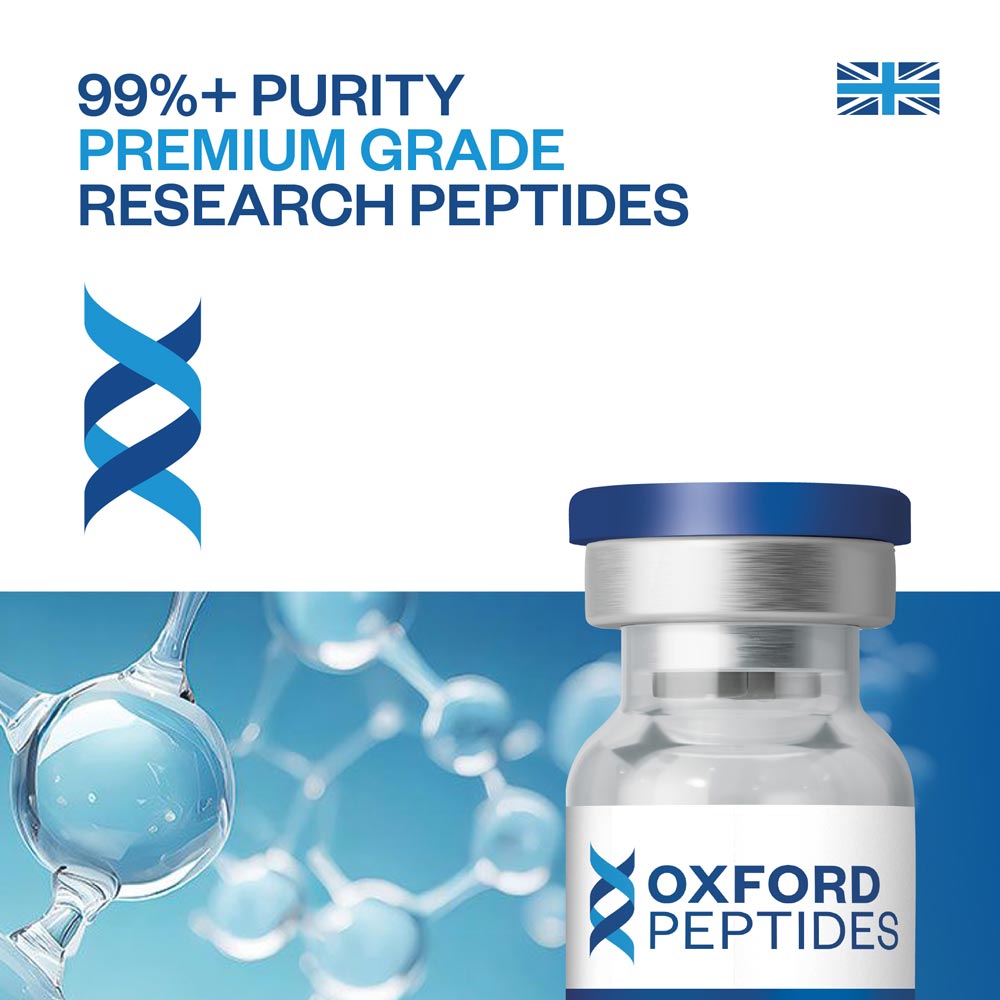
Reviews
There are no reviews yet.